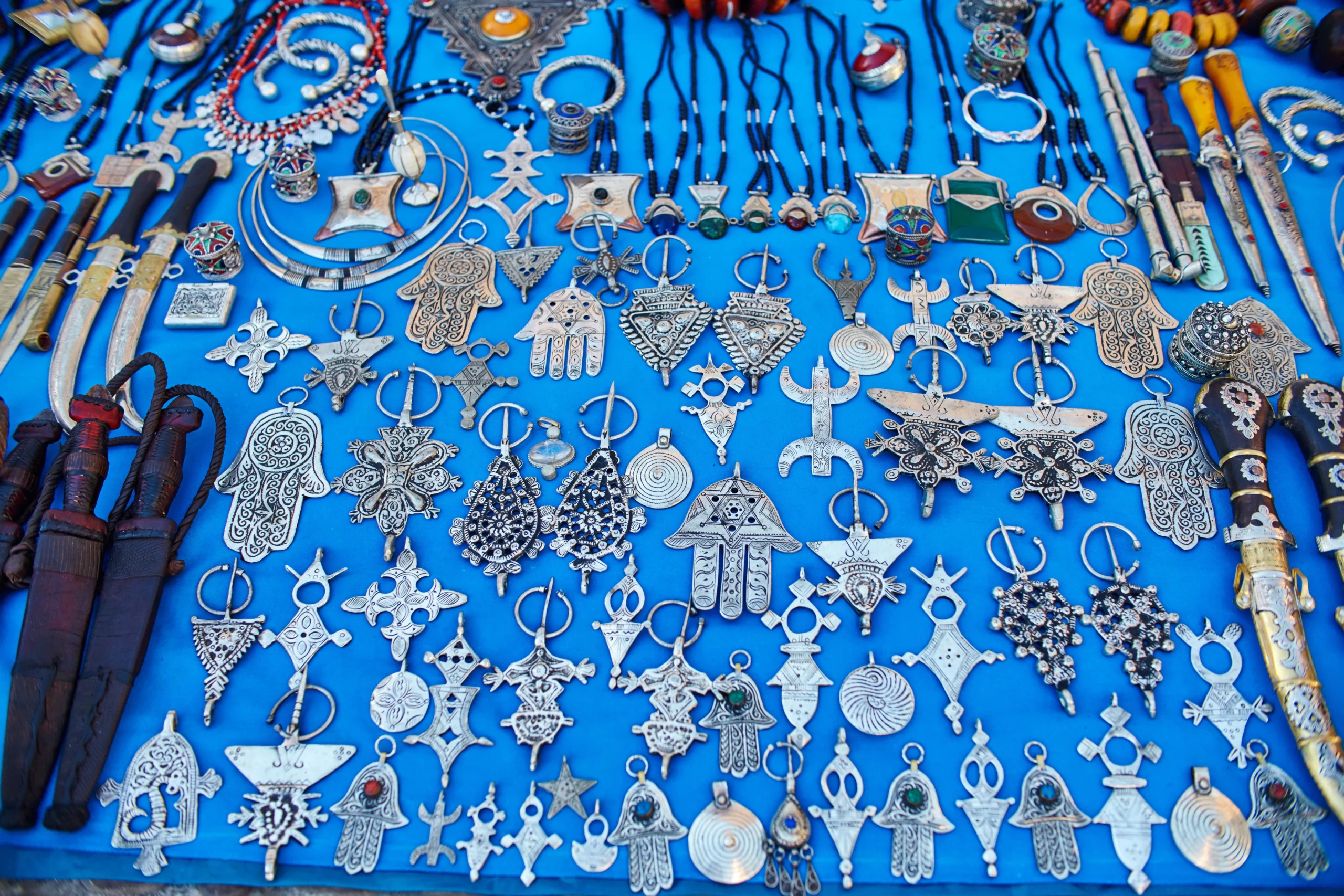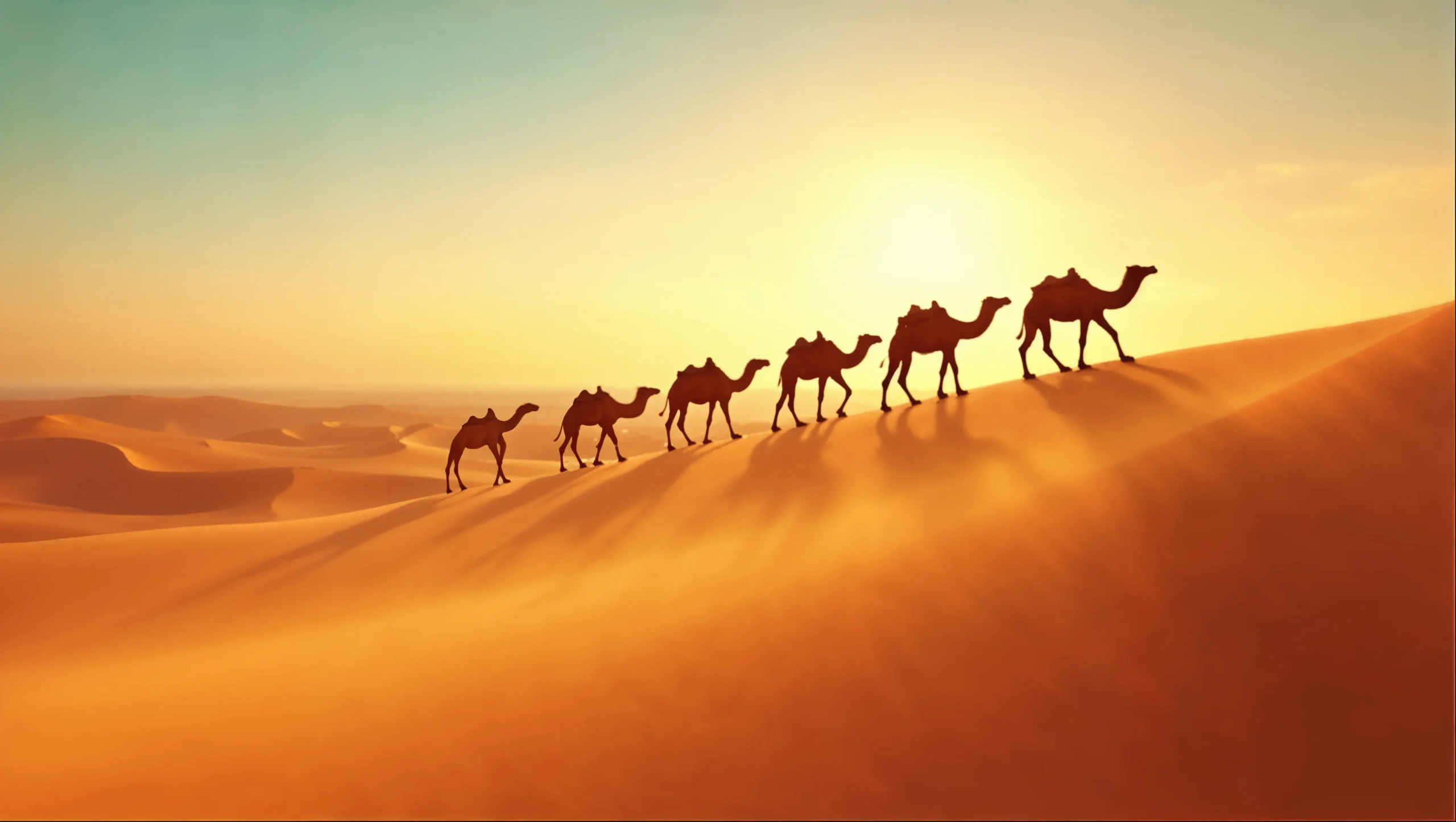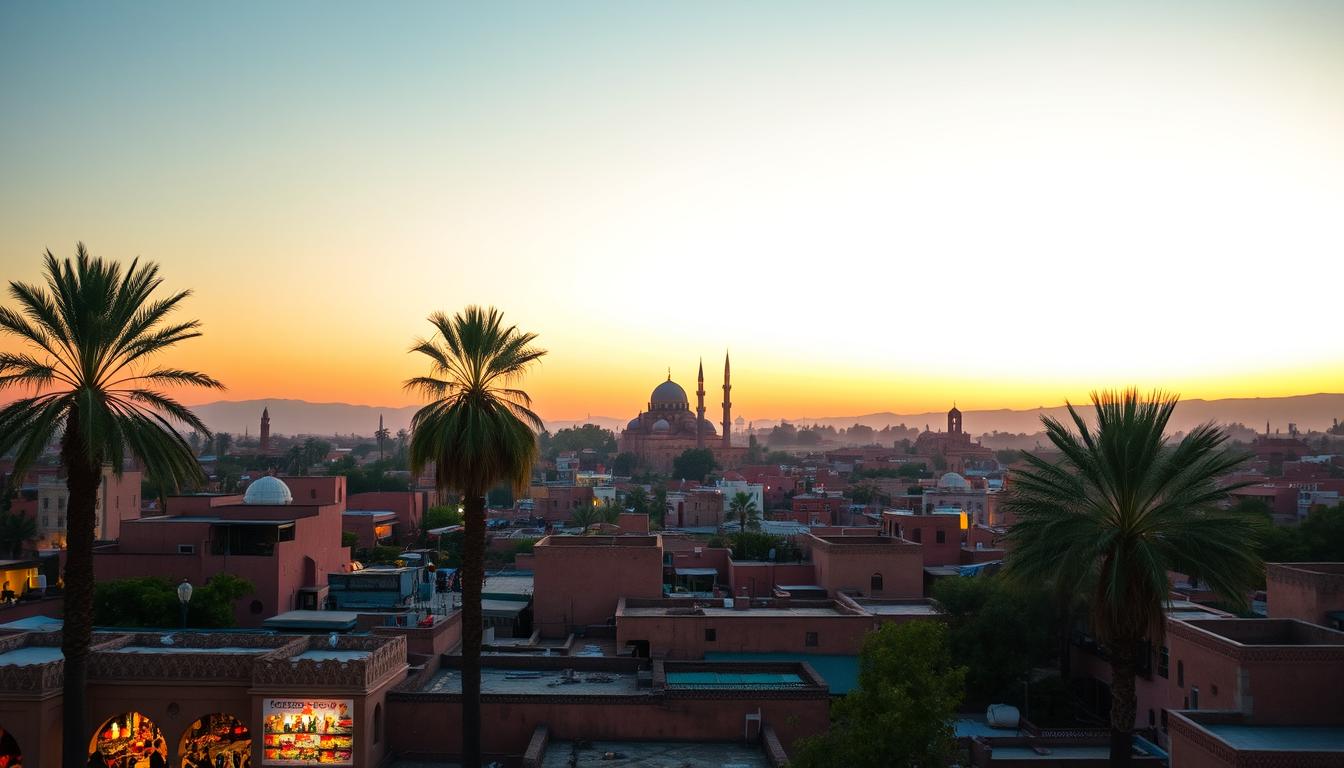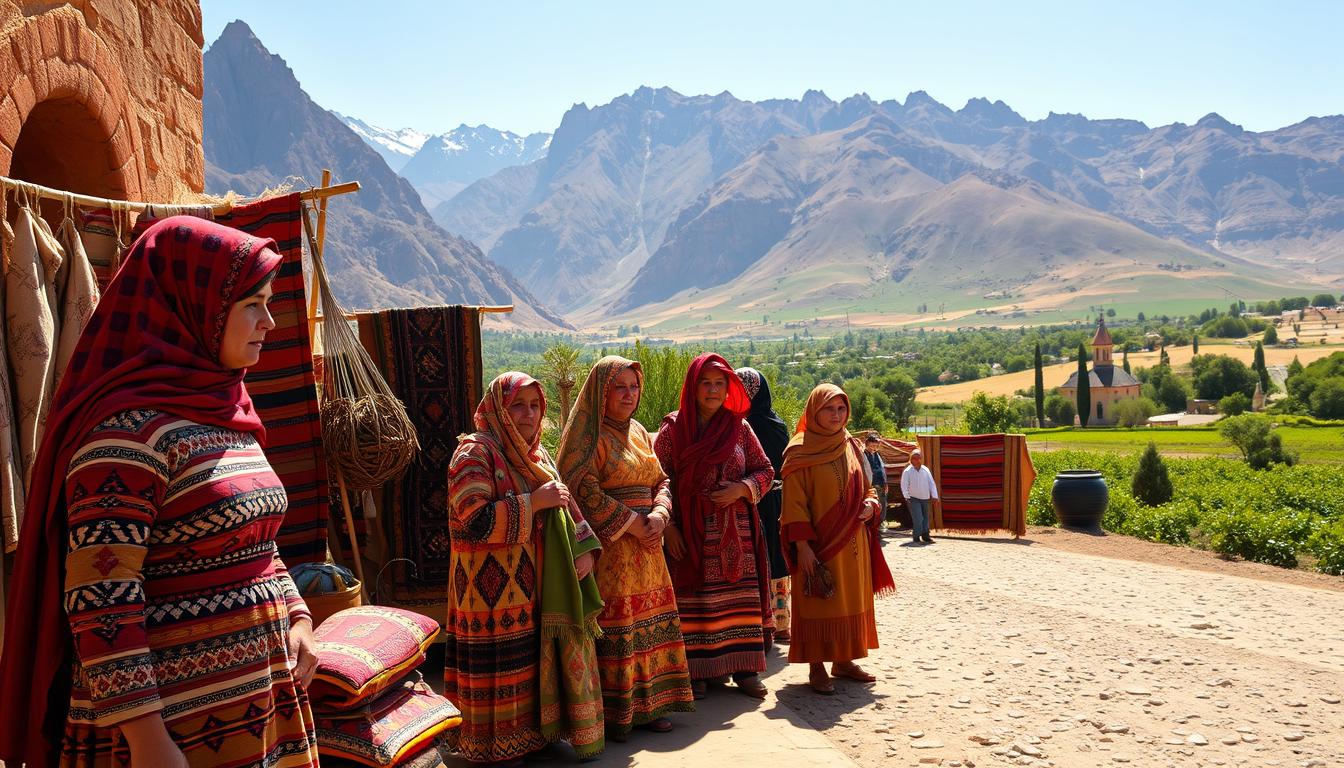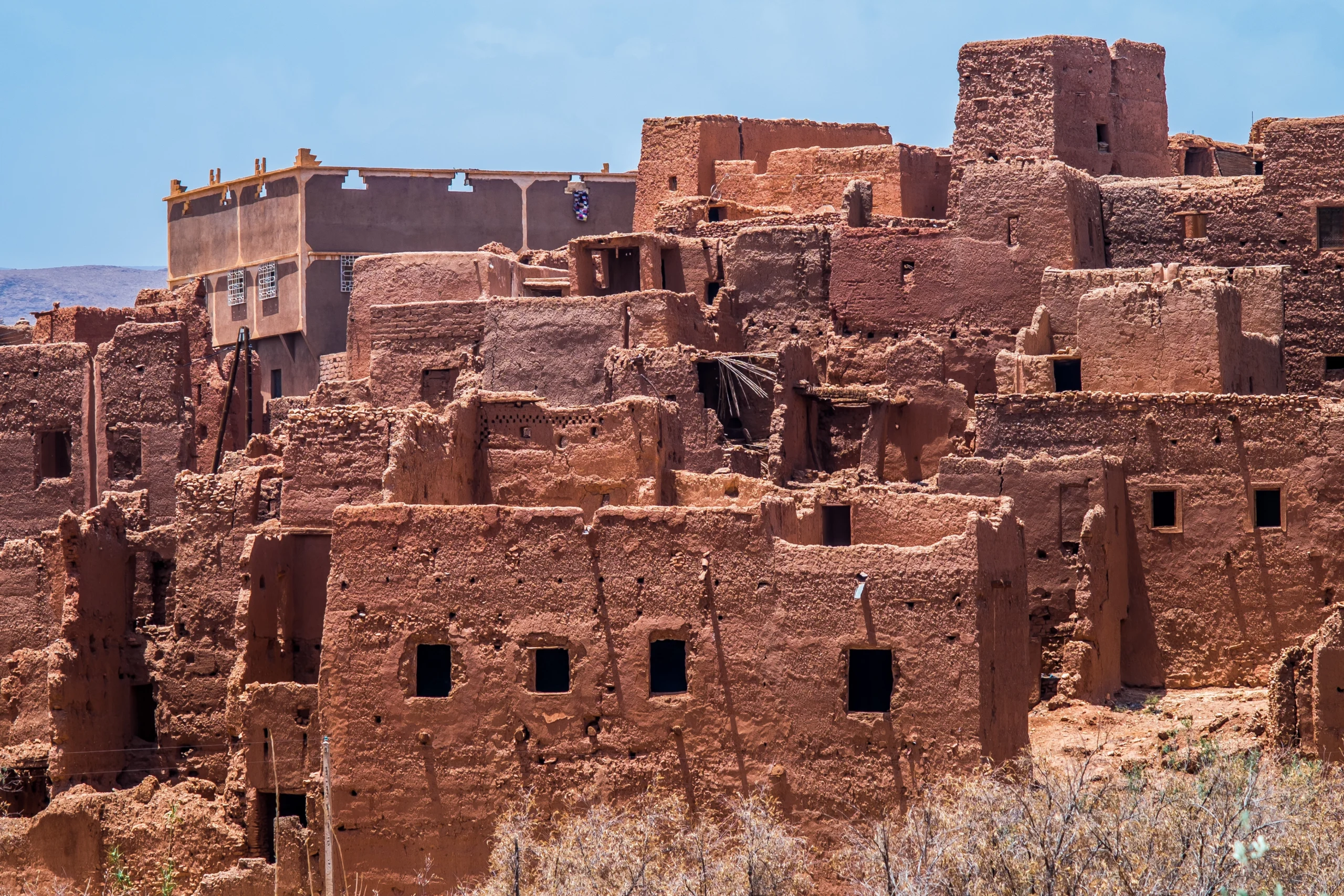When I first walked through Marrakech’s lively streets, I knew Morocco was more than a place—it’s an adventure. Morocco’s weather by month changes dramatically, offering something unique in every season. Knowing the weather by month can help you plan an unforgettable journey, whether you’re chasing snow in the Atlas Mountains or sunshine on the coast.
Morocco’s weather is as varied as its landscapes. From the warm coast to the cool mountains, planning your trip needs careful thought. This guide will help you figure out the best times to visit, what to bring, and how to enjoy Morocco to the fullest.
If you want to explore ancient medinas, hike the Atlas Mountains, or relax on the beach, knowing the weather is key. It will be your best friend on your travels.
Key Takeaways
- Morocco offers diverse climate zones with unique weather experiences
- Each month presents distinct travel opportunities and challenges
- Coastal, mountain, and desert regions have dramatically different temperatures
- Seasonal variations significantly impact travel comfort and activities
- Strategic planning can maximize your Moroccan travel experience
Overview of Morocco’s Climate
Morocco has a diverse climate, from the Mediterranean coast to vast deserts. Exploring this North African country shows you the wide range of weather. This weather changes throughout the year, affecting your travel plans.
Knowing the temperature and rainfall in Morocco is key for a great trip. The country’s location creates different climate zones. These zones greatly affect the weather.
Key Climate Zones in Morocco
- Coastal Mediterranean Zone: Mild winters and warm summers
- Mountain Alpine Zone: Cool temperatures with significant precipitation
- Interior Continental Zone: Extreme temperature variations
- Saharan Desert Zone: Hot and extremely dry conditions
Seasonal Temperature Variations
The temperature in Morocco changes a lot by month and region. Coastal areas have more stable temperatures. But inland zones see bigger changes.
| Region | Winter Avg (°F) | Summer Avg (°F) |
|---|---|---|
| Coastal Mediterranean | 50-60 | 75-85 |
| Mountain Regions | 35-45 | 60-70 |
| Desert Zones | 45-55 | 95-105 |
Understanding Precipitation Patterns
Rainfall in Morocco changes a lot by region. Coastal and mountain areas get more rain. But desert zones are very dry.
“Morocco’s climate is a tapestry of microclimates, showing travelers a wide range of weather.” – Climate Research Institute
When planning your trip, think about these climate details. This will help make your Moroccan adventure comfortable and fun.
January Weather in Morocco
Winter in Morocco is a mix of mild coast and cool inland. It shows a varied climate for different places. This makes travel in Morocco in January special.
January’s weather in Morocco is quite interesting. Coastal spots like Casablanca and Rabat are milder. But inland areas are cooler, great for exploring.
Average Temperatures and Conditions
January temperatures in Morocco are usually 50-65°F (10-18°C). It’s important to know the differences in each area:
- Coastal regions: Mild and comfortable
- Mountain areas: Cold with snow
- Desert regions: Cool days, chilly nights
Best Places to Visit in January
Winter is a great time to visit Morocco. Here are some top spots:
- Marrakech – Indoor markets and historical sites
- Fez – Traditional architecture and museums
- Atlas Mountains – Scenic winter landscapes
Activities to Enjoy This Month
January is full of adventures in Morocco:
- Hiking in snow-capped Atlas Mountains
- Exploring indoor cultural attractions
- Enjoying warm Moroccan cuisine
“January in Morocco is a hidden gem for travelers seeking diverse experiences beyond traditional winter destinations.”
Your winter trip to Morocco will be full of variety. You’ll see different landscapes, enjoy rich culture, and find mild temperatures for easy exploration.
February Weather Insights
February in Morocco is a time of change, showing off the country’s varied climate. As winter fades, temperatures start to rise. This makes the weather more pleasant in different parts of the country.
Typical Weather Patterns
February is a mild month in Morocco, with temperatures varying by region. Coastal cities like Casablanca and Rabat have moderate weather, between 50°F and 65°F. Inland areas are a bit cooler.
- Northern regions may see occasional rainfall
- Mountain areas are cooler
- Coastal zones show signs of spring
Unique February Celebrations
February is filled with cultural events that highlight Morocco’s traditions. The Tafraoute Almond Blossom Festival is a standout event in the south. It turns landscapes into stunning white and pink displays.
“February in Morocco is a time of subtle beauty and awakening landscapes” – Moroccan Travel Guide
Travel Tips for February
Here are some tips for your February trip to Morocco:
- Pack layers for changing temperatures
- Bring a waterproof jacket for northern rain
- Wear light, comfy clothes
| Region | Average Temperature | Precipitation Likelihood |
|---|---|---|
| Coastal Areas | 50-65°F | Low |
| Mountain Regions | 40-55°F | Moderate |
| Southern Desert | 55-70°F | Very Low |
February is a great time to visit Morocco. The weather is nice, and there are fewer tourists. With some planning, your trip will be memorable.
March Weather Breakdown
As winter fades and spring arrives, March brings a colorful change to Morocco. Your guide shows a magical time to explore the country’s varied landscapes.
Transition from Winter to Spring
March brings a welcome change in Morocco’s weather. Temperatures rise, making it perfect for travelers. Coastal areas are mild, from 55°F to 68°F. Inland, spring starts to show.
Popular Destinations in March
- Essaouira: Coastal charm with gentle breezes
- Meknes: Historical sites with pleasant walking weather
- Fez: Blooming gardens and comfortable temperatures
- Atlas Mountains: Scenic landscapes awakening from winter
Outdoor Activities to Consider
Your morocco travel weather by month guide suggests exciting outdoor experiences during March:
- Desert excursions with moderate temperatures
- City walking tours in historic medinas
- Exploring botanical gardens
- Hiking in the Atlas Mountains
*”March in Morocco offers travelers a perfect blend of comfortable temperatures and emerging spring beauty.”*
Pack layers, comfortable shoes, and get ready for changing weather. March is great for those who want mild weather and fewer tourists in Morocco’s beautiful places.
April Weather Overview
Spring turns Morocco into a stunning world of colors and gentle weather. Planning your trip in this magical month is key for a memorable journey. Knowing the morocco weather by month is essential for a great experience.
Spring Blossoms and Festivals
April is the best time to see Morocco’s spring beauty. Wildflowers cover the land from coast to mountains. It’s perfect for exploring outdoors and diving into local culture.
- Almond blossoms in full bloom across rural landscapes
- Fes Festival of World Sacred Music attracts international artists
- Wildflowers paint countryside in spectacular colors
Weather Conditions in Coastal Areas
Places like Essaouira and Agadir have nice weather in April. Temperatures are between 65-75°F, great for beach fun and water sports.
| Coastal Region | Average Temperature | Rainfall |
|---|---|---|
| Essaouira | 68°F | Low |
| Agadir | 72°F | Minimal |
| Casablanca | 70°F | Occasional |
Suggested Itinerary for April
April is perfect for mixing culture with nature. Here are some places to visit:
- Chefchaouen: Blue city with spring mountain views
- Marrakech: Festivals and mild temperatures
- Atlas Mountains: Hiking and landscape photography
“April in Morocco is a symphony of colors, culture, and comfortable weather.” – Moroccan Travel Guide
Pro tip: Pack layers and comfortable walking shoes to fully enjoy Morocco’s diverse April landscape.
May Weather in Morocco
May in Morocco is a time of change, with great weather for exploring. The temperatures are just right, making it perfect for seeing the country’s beauty.
May’s weather in Morocco varies by location. Coastal spots like Casablanca and Rabat are mild, with temperatures from 16°C to 22°C. Inland places, such as Marrakech, get warmer, with temperatures between 20°C and 32°C.
Rising Temperatures and Sunshine
May is sunny in Morocco, with 10-12 hours of daylight. There’s little rain, making it great for outdoor fun.
- Coastal regions: Mild and pleasant temperatures
- Interior cities: Warm and sunny conditions
- Mountain areas: Comfortable daytime temperatures
Ideal Locations for May Travel
May is a great time to visit Morocco. Here are some top places to see:
- Chefchaouen: The blue pearl with moderate temperatures
- Volubilis: Ancient Roman ruins perfect for exploration
- Atlas Mountains: Scenic hiking opportunities
Festivals and Events to Experience
“May in Morocco is a celebration of culture, music, and vibrant experiences!” – Moroccan Travel Guide
May is full of exciting events. Don’t miss these:
| Event | Location | Description |
|---|---|---|
| Mawazine Festival | Rabat | International music celebration |
| Rose Festival | Kelaat M’Gouna | Celebration of local rose harvest |
May is perfect for both culture lovers and outdoor enthusiasts. It’s a great time to see Morocco’s beauty and traditions.
June Weather Analysis
June in Morocco is the start of summer. The weather gets warmer, with lots of sunshine. This change affects the country’s different landscapes.
June is a key time in Morocco’s weather. Temperatures range from 70°F to 95°F, depending on where you are.
Beginning of Summer Heat
Summer hits Morocco hard in June. The country has different temperatures:
- Coastal areas are about 75°F
- Deserts can get up to 95°F
- Mountains stay cooler, around 65°F
Exploring Morocco’s Beaches
The coast is great in June. Places like Essaouira and Agadir have wonderful beaches. The water is just right for swimming.
| Location | Average Temperature | Water Temperature |
|---|---|---|
| Essaouira | 75°F | 68°F |
| Agadir | 80°F | 72°F |
| Tangier | 77°F | 70°F |
Outdoor Adventures in June
June is perfect for outdoor fun. Here are some activities to try:
- Surfing in Taghazout
- Hiking Rif Mountains
- Exploring desert landscapes
- Windsurfing along Atlantic coast
“June in Morocco is when adventure meets perfect weather conditions.” – Moroccan Travel Guide
Remember to wear light clothes, use sunscreen, and drink lots of water. This way, you’ll have a great time exploring Morocco in summer.
July Weather Conditions
July is the hottest month in Morocco, with very dry and hot weather everywhere. It’s important to know the weather patterns in July to plan your trip and stay cool.
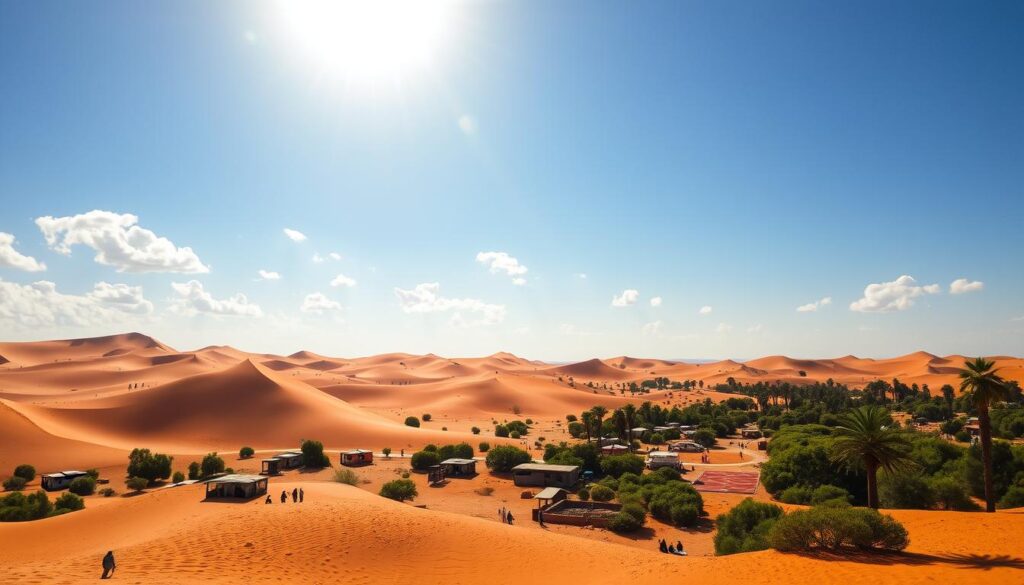
Hot Weather Trends
In July, Morocco’s summer weather is at its peak. Temperatures rise in all areas. Here’s what the weather forecasts usually say:
- Coastal areas like Casablanca: 75-85°F (24-29°C)
- Interior cities like Marrakech: 95-105°F (35-41°C)
- Desert regions: Can exceed 110°F (43°C)
Best Time for Outdoor Activities
To beat the heat, plan your outdoor activities wisely. The best times are:
- Sunrise desert tours
- Evening medina walks
- Mountain hiking before 10 AM
Traveling with Kids in July
Traveling with kids in Morocco’s hottest month needs careful planning. Make sure to:
- Choose accommodations with pools
- Visit air-conditioned places
- Keep everyone hydrated
- Dress in light, breathable clothes
“Summer in Morocco is an adventure of heat and culture – prepare wisely and embrace the experience!” – Moroccan Travel Guide
August Weather Insights
August is the hottest month in Morocco, with extreme heat and tough weather for travelers. Knowing the August weather helps you plan a fun and comfy trip in this lively North African spot.
Intense Heat and Travel Tips
August brings very high temperatures across Morocco’s varied landscapes. Your travel guide suggests ways to beat the heat:
- Drink lots of water
- Wear light, loose clothes
- Do outdoor stuff early or late
- Use strong sunscreen
- Carry a fan or cooling towel
Exploring the Atlas Mountains
Get away from the heat in the Atlas Mountains. The high places are cooler and stunning. Towns like Imlil are 10-15 degrees cooler than the coast.
Indoor Activities for Hot Days
When it’s too hot, Morocco has cool indoor spots:
- Check out air-conditioned museums in Marrakech
- Try a traditional hammam spa
- Learn to cook Moroccan dishes
- Walk the covered medinas
“Embrace the rhythm of Morocco by adapting to its summer climate – every challenge is an opportunity for a unique adventure.”
September Weather in Morocco
As summer ends and autumn starts, Morocco becomes a perfect place for travelers. The weather in September is just right, with comfortable temperatures and exciting experiences. You can explore the country’s different landscapes.
September is a great time to see Morocco. The weather is cooler, making it perfect for visiting cities and scenic areas.
Transitioning from Summer to Fall
September brings a gentle change in Morocco’s weather. Coastal areas are mild, between 70-80°F. Inland areas start to cool down from the summer heat. You can look forward to:
- Comfortable daytime temperatures
- Less humidity
- Clear skies and little rain
Best Cities to Visit in September
Here are the top places to visit in September:
- Tangier: Enjoy mild Mediterranean breezes
- Marrakech: Explore without extreme heat
- Chefchaouen: Experience the blue city’s autumn charm
September Festivals Worth Attending
“September in Morocco is not just about weather, it’s about cultural celebration!” – Moroccan Travel Guide
Don’t miss these amazing festivals:
- Imilchil Marriage Festival in the Atlas Mountains
- Wilderness music festivals
- Local harvest celebrations
Plan your trip to Morocco in 2025 with confidence. September is the perfect time to travel.
October Weather Overview
October in Morocco is a magical time. It offers travelers comfortable temperatures and stunning landscapes. The summer heat fades, making it perfect for exploring and enjoying cultural experiences.
Mild Temperatures Across Regions
In October, temperatures in Morocco range from 65-75°F (18-24°C). Coastal cities like Casablanca and Rabat have mild days. Inland cities, such as Marrakech, are great for outdoor fun.
Fall Foliage and Scenic Routes
The Middle Atlas Mountains turn into a beautiful autumn scene in October. Travelers can take scenic routes through:
- Ourika Valley with its vibrant fall colors
- Cedar forests near Ifrane
- Picturesque mountain villages
Rainfall and Weather Patterns
October is a time of change in Morocco, with little rain. Expect some light showers, mainly in the north. These create lush landscapes perfect for photos and adventures.
Cultural Experiences to Explore
“October in Morocco is a traveler’s dream – mild weather meets rich cultural experiences.”
October is great for cultural activities like:
- Visiting traditional souks in Marrakech
- Exploring historic medinas without summer crowds
- Attending local harvest festivals
Pro tip: Pack layers and comfortable walking shoes to fully enjoy October’s versatile weather and cultural explorations.
November Weather Breakdown
As autumn ends, Morocco becomes a unique destination with special weather. November’s weather is a mix of fall and winter, with comfortable temperatures. It’s a great time to see Morocco’s different landscapes.
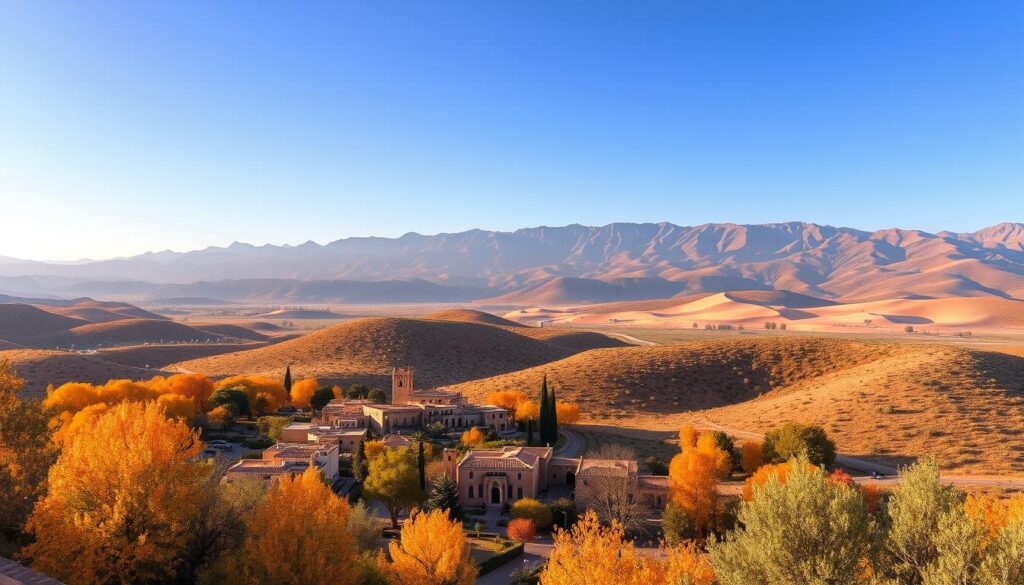
End of Autumn Conditions
In November, Morocco’s weather starts to change. Temperatures range from 55°F to 70°F, perfect for exploring outside. Coastal areas like Casablanca and Rabat are cooler and more pleasant than the summer.
- Average daytime temperatures: 60-68°F
- Lower humidity levels
- Occasional light rainfall
- Crisp, comfortable atmosphere
Preparing for Winter Travel
Travelers should pack right for November’s weather. Layered clothing is key for Morocco’s varied climates. Bring lightweight jackets, long-sleeve shirts, and comfy shoes for the best experience.
“November in Morocco is a traveler’s hidden gem – not too hot, not too cold, just perfect for exploration.” – Travel Enthuasiast
Top Attractions to Visit in November
November offers amazing experiences in Morocco. See the Hassan II Mosque in Casablanca, the lively markets of Marrakech, or the Atlas Mountains. These spots are at their best in November.
- Hassan II Mosque, Casablanca
- Majorelle Garden, Marrakech
- Atlas Mountains hiking trails
- Fez Medina historical district
December Weather in Morocco
Winter brings a beautiful change to Morocco. December’s weather shows off the country’s varied climate. You’ll see snow on the Atlas Mountains and mild weather by the coast. Knowing the weather helps make Morocco a great place to visit in winter.
Winter Arrivals and Changes
Temperatures in Morocco change a lot with the seasons. The Atlas Mountains get cold and might even snow. But cities like Casablanca and Rabat stay mild, perfect for city walks and history tours.
Holiday Celebrations in Morocco
December in Morocco is full of cultural events and winter fun. Even though Islamic holidays are different, cities like Marrakech and Fez are lively. You’ll see markets, decorations, and local traditions that mix old and new.
Planning Your December Getaway
December in Morocco is great for skiing and desert trips. Bring layers for the changing weather. Try visiting different places to see Morocco’s winter wonders. December is a special time to see Morocco’s magic.
FAQ
What is the best time of year to visit Morocco?
The best time to visit Morocco is in spring (March to May) and autumn (September to November). These seasons have mild and comfortable temperatures. You can enjoy exploring cities, coastal areas, and the desert without the crowds of summer.
How varied is Morocco’s climate across different regions?
Morocco’s climate varies a lot. You’ll find everything from Mediterranean coastal areas to the Sahara Desert and the Atlas Mountains. Coastal areas are mild, while inland areas have extreme temperature changes. The north is cooler and wetter, and the south is hot and dry.
What should I pack for a trip to Morocco?
Your packing depends on the season and where you’re going. In summer, wear light, breathable clothes and protect yourself from the sun. For winter, bring warm clothes for the mountains and desert. Always pack comfortable shoes, modest clothes, and a scarf for sun and sand protection.
Is Morocco too hot to visit during summer months?
Summer in Morocco is very hot, with temperatures over 104°F (40°C) in the desert. Coastal areas are a bit cooler but are also warm. If you visit in summer, do indoor activities in the middle of the day. Stay hydrated and choose cooler places like coastal cities or mountains.
When is the rainy season in Morocco?
Morocco’s rainy season is from November to March. Most rain falls in the north and coastal areas. But it’s not heavy rain. The Atlas Mountains may snow in winter, and the desert stays dry all year.
What are the best outdoor activities for each season?
Spring is great for hiking, visiting gardens, and city tours. Autumn is perfect for desert trips and cultural festivals. Winter is best for skiing in the Atlas Mountains and fewer tourists. Summer is good for coastal activities and desert trips in the early morning or evening.
How does altitude affect weather in Morocco?
Altitude greatly affects Morocco’s weather. The Atlas Mountains are 20-30°F cooler than coastal and desert areas. They get snow in winter and cooler temperatures in summer. This makes them a cool alternative to the hot lowlands. Cities like Marrakech have different elevations, creating unique weather conditions.
Are there any weather-related festivals in Morocco?
Yes, Morocco has festivals tied to seasonal changes. The Tafraoute Almond Blossom Festival in February celebrates spring. The Erfoud Date Festival in October marks the end of the date harvest. The Imilchil Marriage Festival in September is another cultural event that happens in autumn.

